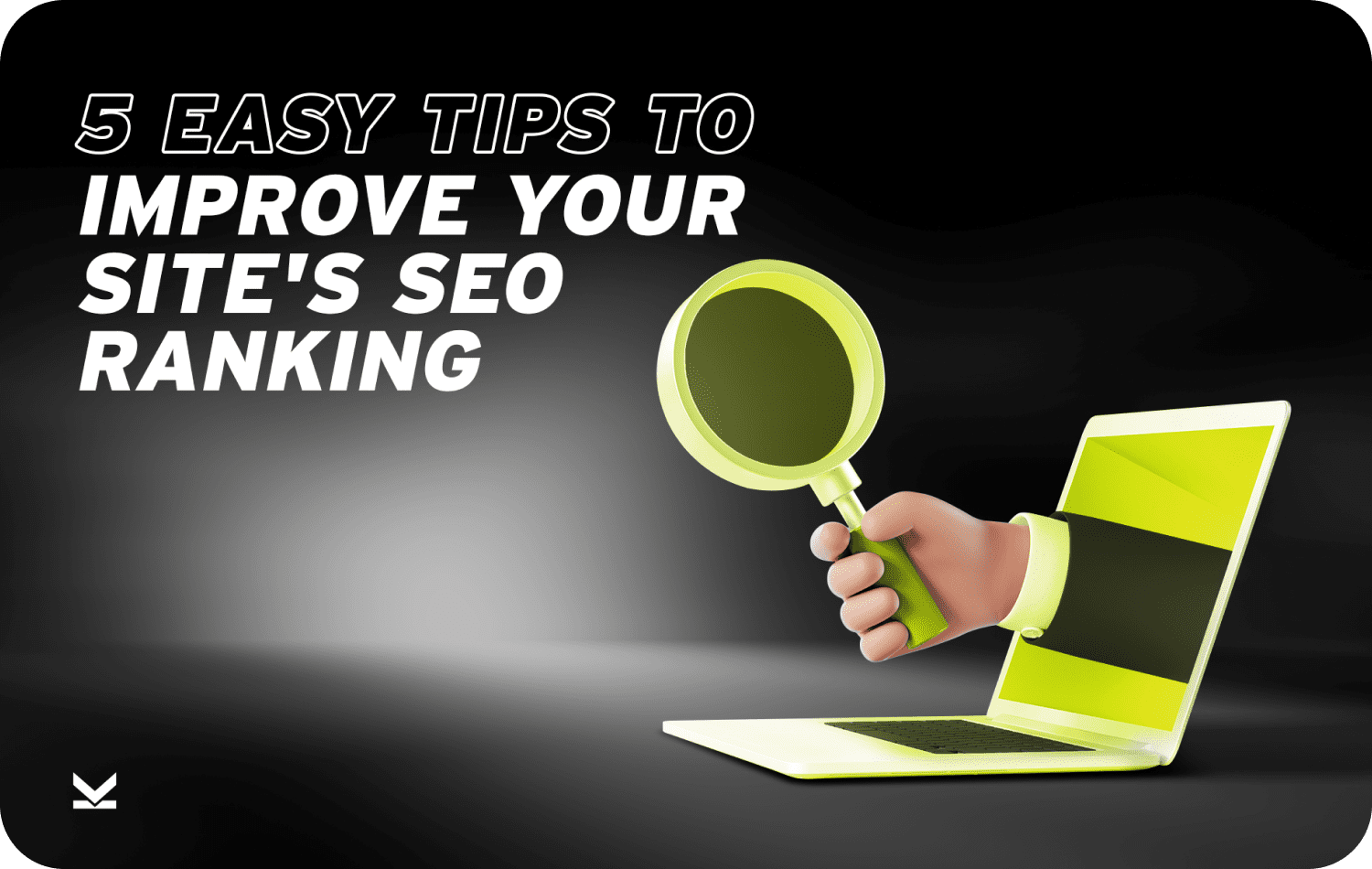Looking to drive traffic to your Shopify store?
There are many ways you can accomplish this, and some strategies may work better than others depending on your niche, audience, and budget.
Here are 6 common tactics you can use to increase the overall amount of website traffic:
- Search engine optimization (SEO): Optimize your website for search engines by researching and targeting relevant keywords, improving website speed and structure, and building quality backlinks.
- Paid advertising: Utilize platforms such as Google Ads or Facebook Ads to place targeted ads to potential customers.
- Social media marketing: Use social media platforms to build brand awareness, engage with customers, and promote your products.
- Content marketing: Create valuable content such as blog posts, videos, and infographics that provide value to your audience and promote your products.
- Influencer marketing: Partner with social media influencers or bloggers in your niche to promote your products to their followers.
- Email marketing: Build an email list and use email marketing campaigns to promote your products and engage with your audience.
Remember, the key to driving traffic to your Shopify store is to consistently implement and test different strategies to find what works best for your business.
Let’s break these down a bit further.
SEO
If you’re looking to boost your Shopify store’s online visibility, search engine optimization (SEO) is a must-have strategy. By optimizing your website for relevant keywords, you can improve its ranking on search engine results pages (SERPs), driving organic traffic and potentially boosting sales.
There are several key aspects of SEO to consider for your Shopify store, starting with keyword research. Using powerful tools like Google Keyword Planner, SEMrush, or Ahrefs, you can identify high-potential keywords related to your products or niche. Once you’ve honed in on these keywords, you can then start optimizing your website’s on-page elements, including page titles, headings, meta descriptions, and product descriptions.
Another crucial component of SEO is link building, where you reach out to other relevant websites and ask them to link to your content, or create compelling content that others will naturally want to link to. By creating high-quality content that includes relevant keywords, you can also help improve your website’s ranking. Of course, it’s important to make sure your website provides a seamless and enjoyable user experience, with fast load times, easy navigation, and clear calls-to-action (CTAs) that guide visitors towards purchasing decisions.
Lastly, you’ll want to monitor your website’s performance over time, using tools like Google Analytics to track key metrics such as organic traffic, bounce rate, and conversion rate. While SEO is a long-term strategy that requires patience and consistent effort, the potential rewards in terms of increased traffic and sales are well worth the investment.
Paid Advertising
Driving traffic to your Shopify store is essential for increasing sales, and paid advertising can be a powerful tool to help achieve that goal. If you’re considering paid advertising, there are several key factors to keep in mind.
Here are some key factors to consider when creating a paid advertising plan.
To begin with, you’ll need to define your target audience by identifying important demographic information, interests, and behaviors that are relevant to your products. This will allow you to choose the right ad platform for your business, such as Google Ads, Facebook Ads, or Instagram Ads, and set your budget accordingly.
Once you have your target audience and ad platform in mind, it’s time to start creating your ad. The ad should grab attention and include a strong headline, clear image or video, and a compelling call-to-action that encourages users to click through to your Shopify store. It’s also crucial to test different ad variations, including various images, headlines, and calls-to-action, to see which ad resonates best with your target audience.
Tracking your ad’s performance is also essential to ensure you’re getting a good return on investment (ROI). Use tools like Google Analytics or Facebook Ads Manager to monitor the effectiveness of your ads and make adjustments as needed. Keep in mind that paid advertising can be expensive, so it’s important to closely monitor your results and ROI and make changes to your strategy as necessary.
In conclusion, paid advertising is an effective way to drive traffic to your Shopify store and potentially boost sales. However, it requires careful planning, monitoring, and analysis to ensure success. By defining your target audience, choosing the right ad platform, creating an effective ad, and tracking your results, you can maximize the impact of your paid advertising and achieve your business goals.
Social Media Marketing
Social media is a powerful tool for businesses looking to drive traffic to their Shopify store. To make the most of your social media marketing efforts, it’s important to consider the following key aspects:
First and foremost, it’s essential to choose the right social media platforms to promote your Shopify store. There are many different platforms to choose from, including Facebook, Instagram, Twitter, Pinterest, and more. By selecting the platforms that best fit your target audience and business goals, you’ll be able to connect with the right people in the right places.
Once you’ve selected your platforms, it’s time to optimize your social media profiles. This means including relevant keywords, a clear description of your business, and a link to your Shopify store. By doing so, you’ll make it easy for potential customers to find you and learn more about what you have to offer.
Creating valuable content is another important aspect of social media marketing. By sharing high-quality content that’s relevant to your target audience and includes calls-to-action that encourage users to visit your Shopify store, you’ll be able to build trust, authority, and engagement.
Engaging with your audience is equally important. By responding to comments and messages, asking for feedback, and sharing user-generated content, you’ll be able to build a community around your brand and encourage users to visit your Shopify store.
Using relevant hashtags is another effective way to increase the visibility of your social media posts and reach new audiences. Additionally, running social media ads on platforms like Facebook and Instagram can help you target specific audiences and promote your products.
To make the most of your social media marketing efforts, it’s important to monitor your results using social media analytics tools. This will help you determine which platforms and content are generating the most traffic and conversions, so you can adjust your strategy accordingly.
While social media marketing can be time-consuming, it’s important to prioritize the platforms and tactics that are most effective for your business. By being consistent with your posting and engagement, you’ll be able to build a strong social media presence and drive traffic to your Shopify store.
Content Marketing
If you’re looking for a way to drive traffic to your Shopify store, content marketing is a great option. Here are some essential aspects of content marketing:
Firstly, define your audience. It’s crucial to have a clear understanding of your target audience’s demographics, interests, and behaviors before creating any content.
Next, choose your content format. You can create different types of content such as blog posts, videos, podcasts, and infographics. Pick a format that aligns with your target audience and business goals.
Once you have the format, create valuable content that is relevant to your target audience. Include calls-to-action in your content that encourage users to visit your Shopify store. This can be in the form of how-to guides, product reviews, industry news, and more.
After creating your content, optimize it for search engines. Include relevant keywords in your headlines, subheadings, and throughout your content. This will help your content rank higher in search engine results and drive more traffic to your Shopify store.
Promote your content through social media, email marketing, and other channels to reach a wider audience and drive more traffic to your Shopify store.
Lastly, monitor your results with tools such as Google Analytics. Track the performance of your content marketing efforts, determine which types of content and promotion tactics generate the most traffic and conversions, and adjust your strategy accordingly.
Remember, content marketing is a long-term strategy that requires consistent effort. It may take some time to build an audience and see results, so stay patient and committed to creating valuable content that resonates with your target audience.
Influencer Marketing
Incorporating influencer marketing into your Shopify store’s marketing strategy can be an effective way to drive traffic and boost sales. Below are some key aspects to consider when working with influencers:
Identify relevant influencers who align with your brand’s values and products. Look for influencers in your industry or niche who have a significant following and can reach your target audience.
Craft a compelling outreach message and offer a clear campaign brief. Collaborate with the influencer to create a campaign that aligns with your brand’s messaging and goals.
Consider offering incentives such as a commission or product giveaways.
Track and measure the performance of your influencer marketing campaign by analyzing metrics such as website traffic, conversion rates, and sales. Use this data to refine your approach and improve future campaigns.
Invest in building long-term relationships with influencers by offering incentives and working together on multiple campaigns. This can help create more authentic and effective brand advocacy from the influencer’s followers.
Remember that influencer marketing can be costly, so it’s important to carefully evaluate the ROI of each campaign and choose influencers who genuinely believe in your brand and can create a mutually beneficial partnership. Authenticity is key to building trust with your audience and driving long-term success.
Email Marketing
Last, but certainly not least- email marketing is a great way to drive traffic to your Shopify store. Here’s a list of a few email marketing strategies you can start implementing immediately.
- Building your email list: Build your email list by offering incentives such as exclusive discounts, free guides or eBooks, and other valuable content. You can also add email sign-up forms to your Shopify store and promote them through social media and other channels.
- Segmenting your email list: Segment your email list based on demographics, behavior, and other factors. This will help you send targeted emails that are more likely to resonate with your subscribers.
- Use a compelling subject line: Use a compelling subject line that grabs the reader’s attention and encourages them to open the email. This can include personalization, curiosity, urgency, and other tactics.
- Include a clear call-to-action: Include a clear call-to-action (CTA) in your emails that encourages readers to visit your Shopify store. This can include links to specific product pages, promotional offers, and more.
- Optimize for mobile: Make sure your emails are optimized for mobile devices, as many people check their emails on their phones.
- Monitor your results: Use email marketing analytics tools to track the performance of your campaigns. This will help you determine which types of emails and CTAs are generating the most traffic and conversions, and adjust your strategy accordingly.
Keep in mind that email marketing requires a careful balance of promotional content and value-added content. Avoid sending too many promotional emails, as this can lead to subscriber fatigue and a high unsubscribe rate. Instead, provide valuable content that is relevant to your subscribers and use promotional emails sparingly.
If you need help strategizing or implementing any of these strategies to drive traffic to your Shopify store, please feel free to schedule a free strategy session with us. Strikepoint media is a full-service performance marketing agency specializing in media buying, lead generation, powerful creative, email marketing, and customer acquisition. We service multiple industries and have generated over $1 billion in revenue through more than 1 million conversions across 50,000 ads that we’ve made.




